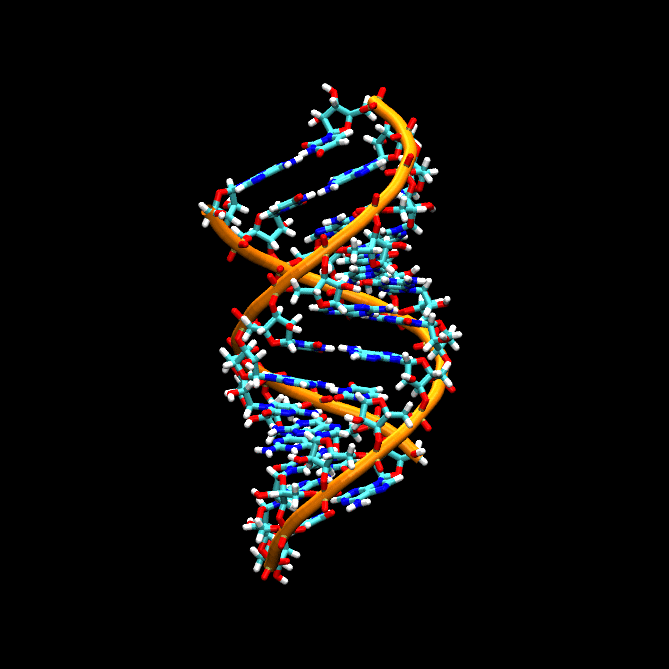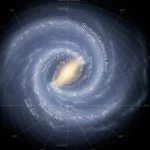Key Takeaways:
- New research suggests that life might be common in the universe, but not necessarily near us.
- The study by Tomonori Totani, an astronomy professor at the University of Tokyo, explores the likelihood of abiogenesis, the spontaneous generation of life.
- RNA, a simpler cousin of DNA, is a focus of this study, with scientists investigating the conditions required for self-replicating RNA chains.
- The observable universe might not contain enough space for the required RNA length, but considering the unobservable universe due to rapid inflation, the odds increase significantly.
- While this research raises intriguing possibilities, it doesn’t provide definitive answers about the origins of life but rather refines the question.
The question of how life originated is one of the most profound mysteries, and recent research hints that life might be far more prevalent in the universe than previously thought, but it might not be flourishing in our cosmic vicinity.
Tomonori Totani, an Astronomy Professor at the University of Tokyo, has delved into this intriguing question in his paper titled “Emergence of life in an inflationary universe,” published in Nature Scientific Reports. He explores the concept of abiogenesis, the spontaneous generation of life from non-life, and its potential occurrence in the vast cosmos.

The crux of Totani’s work revolves around RNA, a simpler sibling of DNA, and the critical length of RNA chains necessary for self-replication. While DNA governs the intricate details of life, RNA, due to its relative simplicity, might be more prone to forming through abiogenesis.
One key challenge is the minimum length required for self-replicating RNA, estimated to be between 40 to 100 nucleotides. However, this poses a conundrum because, within the observable universe, these long RNA chains shouldn’t theoretically exist.
The breakthrough comes when considering the universe beyond the observable. Current cosmological understanding acknowledges a period of rapid inflation, resulting in an expansive region beyond our observational reach. This unobservable universe potentially harbors an unimaginable number of stars, upwards of 10^100 Sun-like stars.
The implications are profound. Life has undeniably arisen on Earth, suggesting that abiogenesis is possible. With the vastness of the unobservable universe, it becomes not only possible but likely, if not inevitable, for long RNA chains to spontaneously emerge.
In Professor Totani’s study, a quantitative relationship is established between the minimum RNA length required for the formation of life and the size of the universe. This intriguing insight suggests that life’s emergence might be a consequence of the cosmos’ vastness and complexity.
However, the study doesn’t offer a conclusive answer to the origins of life. It rather refines the question, inviting further exploration and investigation. It sparks curiosity and raises the possibility of unknown mechanisms at play, awaiting discovery.
In the quest to unravel the enigma of life’s beginnings, Totani’s work provides a tantalizing glimpse into the potential ubiquity of life in the universe, challenging our perceptions of the cosmos and our place within it.
This article was originally published by Universe Today. Read the original article.


